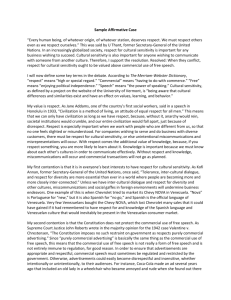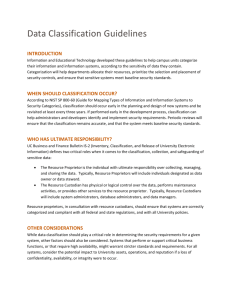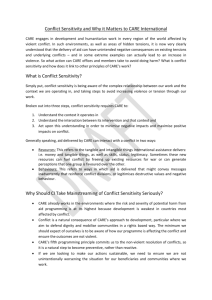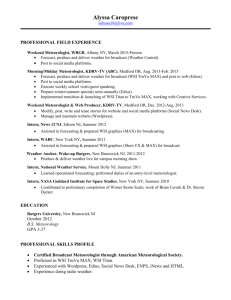Figure 2 shows water supply (runoff) and water demand globally
advertisement
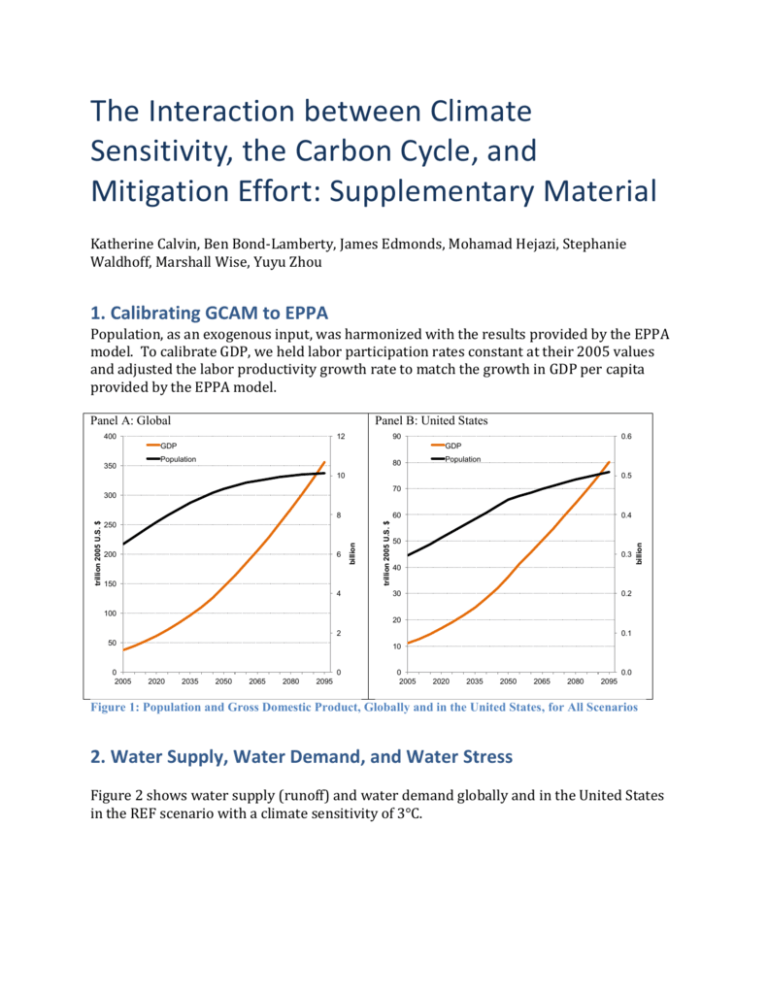
The Interaction between Climate Sensitivity, the Carbon Cycle, and Mitigation Effort: Supplementary Material Katherine Calvin, Ben Bond-Lamberty, James Edmonds, Mohamad Hejazi, Stephanie Waldhoff, Marshall Wise, Yuyu Zhou 1. Calibrating GCAM to EPPA Population, as an exogenous input, was harmonized with the results provided by the EPPA model. To calibrate GDP, we held labor participation rates constant at their 2005 values and adjusted the labor productivity growth rate to match the growth in GDP per capita provided by the EPPA model. Panel A: Global Panel B: United States 400 12 90 GDP Population 80 Population 10 0.5 70 300 200 6 150 4 100 trillion 2005 U.S. $ 60 billion trillion 2005 U.S. $ 8 250 0.4 50 0.3 40 30 0.2 20 2 50 0 2005 billion 350 0.6 GDP 0.1 10 0 2020 2035 2050 2065 2080 2095 0 2005 0.0 2020 2035 2050 2065 2080 2095 Figure 1: Population and Gross Domestic Product, Globally and in the United States, for All Scenarios 2. Water Supply, Water Demand, and Water Stress Figure 2 shows water supply (runoff) and water demand globally and in the United States in the REF scenario with a climate sensitivity of 3°C. Figure 2: Total water supply (runoff) and demand in the REF To better quantify water stress conditions under the REF Scenario, and the effects of climate sensitivity and climate policy, we calculate the proportion of population living various levels of stress conditions in all individual water basins globally. In this study, we follow the definition of Raskin et al. (1997) and Wada et al. (2011) for water stress, which defines the water scarcity index (WSI) as the ratio of total water demand to the total amount of runoff in each basin. Figure 1 shows the distributions of global populations facing each of the four levels of water scarcity conditions: severe stress (WSI ≥ 0.4), moderate stress (0.2 ≤ WSI < 0.4), low stress (0.1 ≤ WSI < 0.2), and no stress (WSI < 0.1) under various scenarios; WSI values are computed at the basin scale and then the shares of populations are aggregated to the global scale. Under the REF Scenario, the global population living under severe water stress conditions increases from 36% in 2005 to 46% in 2095, peaking at 55% in 2030. A similar behavior is observed under different climate sensitivities and the two climate policies; but the climate sensitivity of 6oC scenario slightly alleviates water stress (due to increasing runoff) while the climate policy scenarios tend to exacerbate water stress conditions (due to decreasing runoff and increasing demands). Figure 3: Distributions of global populations facing each of the four levels of water scarcity conditions: severe stress (WSI ≥ 0.4), moderate stress (0.2 ≤ WSI < 0.4), low stress (0.1 ≤ WSI < 0.2), and no stress (WSI < 0.1) under various scenarios; WSI values are computed at the basin scale and then the shares of populations are aggregated to the global scale 3. Extra Experiments Conducted with MAGICC 3.1. Methodology The analysis conducted in this paper relies heavily on the climate module within GCAM, MAGICC. MAGICC’s default parameters are calibrated to the mean climate model from the IPCC 4th Assessment Report. In the main text of the paper, we only adjusted climate sensitivity within MAGICC, leaving all other parameters at their default value.1 However, other parameters within MAGICC are correlated with the climate sensitivity and may need adjustment. Typically, the values of these parameters are chosen so that historic temperature is constrained to match observations (see (Meinshausen et al., 2009)). To test the validity of our conclusions, we have conducted some additional experiments with Note that while we only changed a single parameter (climate sensitivity), variables that are endogenous within MAGICC (e.g., ocean heat uptake, carbon fluxes from land and ocean, sea level rise, etc.) will respond to this change in an internally consistent manner. 1 alternative parameterizations of MAGICC. Specifically, we adjusted parameters to replicate seven different complex models (see Table S1). These models, and parameters, are provided as options within MAGICC. A more complete discussion of the calibration method is found in (Randall et al., 2007; Raper et al., 2001; Wigley and Raper, 2005). With each of these parameterizations, we calculated the carbon tax path needed to stabilize radiative forcing at 4.5 W/m2, following the methodology described in the main text. 3.2. Results Figure S1a plots the cumulative carbon uptake of the terrestrial system, the oceans, and the remaining carbon in the atmosphere as a function of climate sensitivity, when radiative forcing is stabilized at 4.5 W/m2. From this figure, we see a clear negative correlation between climate sensitivity and terrestrial uptake. That is, as the climate sensitivity rises, temperature rises and the carbon stored in the terrestrial system declines. As a result, we also find a positive correlation between climate sensitivity and carbon price (Figure S1b). This relationship is consistent with the relationship found in the main text of the paper, where only climate sensitivity was varied within MAGICC. Figure S2 plots transient temperature rise across the scenarios. Here, we observe a large range of temperature estimates, both in 2100 and in 2005, across the various parameterizations of MAGICC. Each scenario stabilizes radiative forcing at 4.5 W/m2. Thus, differences in temperature in 2100 largely reflect the uncertainty in the climate sensitivity. Differences in temperature rise in 2005 reflect uncertainty in the observed temperature and differences in calibration of the models. Table 1: Parameters used to Calibrate MAGICC Name CO2DELQ DT2XUSER TW0NH YK RLO XKLO T1990 G1990 SEN SENG SENA ERRG ERRA Description Model MAGICC was calibrated against Change in radiative forcing for a doubling of CO2 concentration Climate Sensitivity Temperature at which decline in WNH is zero Ocean diffusivity Ratio of land to ocean equilibrium temperature change Land/ocean exchange coefficient Temperature rise to 1990 for Ice Melt model Sea level rise in 1990 from GSIC Sensitivity of sea level rise GSIC Sensitivity of sea level rise Greenland Sensitivity of sea level rise Antarctica Greenland Antarctica Unit 0 DEFAULT 1 GFDL 2 CSIRO 3 HadCM3 4 HadCM2 5 ECH4/OPYC 6 CSM 7 PCM W/m2 5.35 5.352 4.977 5.396 5.006 5.482 5.194 5.194 °C °C 3.0 8 4.2 8 3.7 5 3.0 25 2.5 12 2.6 20 1.9 1000 1.7 14 cm2/s - 2.3 1.3 2.3 1.2 1.6 1.2 1.9 1.4 1.7 1.4 9 1.4 2.3 1.4 2.3 1.4 W/m2/°C 1 1 1 0.5 0.5 0.5 0.5 0.5 0.635 0.593 0.562 0.603 0.78 0.567 0.51 °C cm 2.14 1.5 2.2 2.1 2.7 2.7 2.1 1.7 cm/yr-°C 0.0625 0.0576 0.0733 0.0622 0.0613 0.0637 0.0608 0.0587 cm/yr-°C 0.0110 0.0121 0.0157 0.0085 0.0096 0.0029 0.0146 0.0136 cm/yr-°C -0.0341 -0.0177 -0.0373 -0.0354 -0.0214 -0.0478 -0.0305 -0.0484 1.896 1.242 1.879 0.799 2.042 1.12 1.443 1.288 1.441 1.239 1.153 1.484 3.147 1.143 2.165 1.618 Panel A: Cumulative Carbon Uptake Panel B: Average Discounted CO2 Price 450 10 400 9 8 2005 U.S. $ per tCO2 350 GtC 300 250 200 150 7 6 5 4 3 100 2 Ocean Uptake Terrestrial Uptake 50 1 Average Discounted Carbon Price Atmospheric Uptake 0 0 0 1 2 3 4 5 Climate Sensitivity 6 7 0 1 2 3 4 5 Climate Sensitivity Figure S4: Cumulative Carbon Uptake and Average Discounted CO 2 Price in the POL4.5 6 7 4.5 Mod 7_CS=1.7 4.0 Mod 6_CS=1.9 Default_CS=2 3.5 Mod 4_CS=2.5 Mod 5_CS=2.6 degrees C 3.0 2.5 2.0 Default_CS=3 Mod 3_CS=3 Mod 2_CS=3.7 Mod 1_CS=4.2 Default_CS=4.5 1.5 Default_CS=6 1.0 0.5 0.0 2005 2020 2035 2050 2065 2080 2095 Figure S5: Temperature Rise in the POL4.5 Scenarios 3. References Meinshausen M, Meinshausen N, Hare W, Raper S, Frieler K, Knutti R, Frame D, Allen M (2009) Greenhouse-gas emission targets for limiting global warming to 2℃. Nature 458:1158-1162. Randall DA, Wood RA, Bony S, Colman R, Fichefet T, Fyfe J, Kattsov V, Pitman A, Shukla J, Srinivasan J, Stouffer RJ, Sumi A, Taylor KE (2007) Climate Models and their Evaluation. in Solomon S, Qin D, Manning M, Chen Z, Marquis M, Averyt KB, Tignor M, Miller HL (eds.) Climate Change 2007: The Physical Science Basis. Contribution of Working Group I to the Fourth Assessment Report of the Intergovernmental Panel on Climate Change. Cambridge University Press, Cambridge, United Kingdom and New York, NY, USA. Raper S, Gregory JM, Osborn TJ (2001) Use of an upwelling-diffusion energy balance climate model to simulate and diagnose A/OGCM results. Climate Dynamics 17:601-613. Wigley T, Raper S (2005) Extended scenarios for glacier melt due to anthropogenic forcing. Geophysical Research Letters 32.


